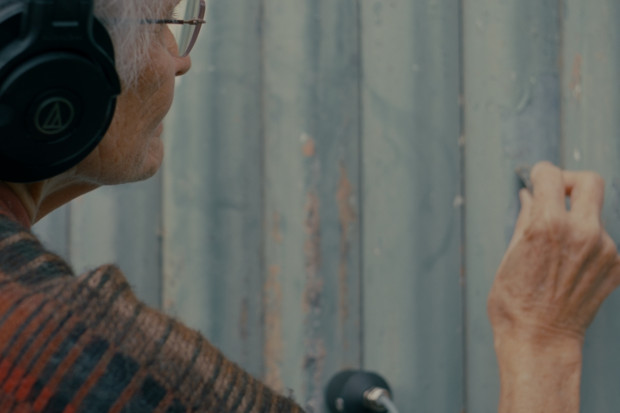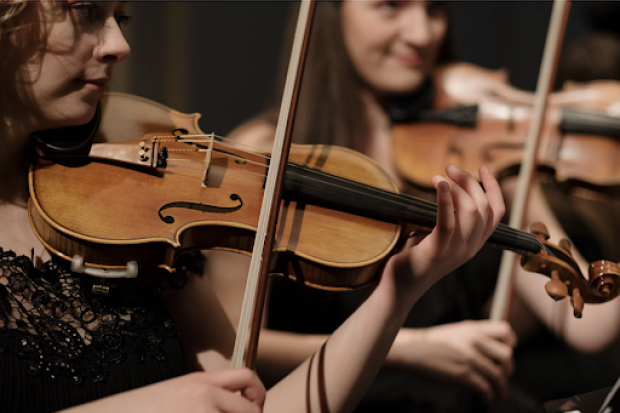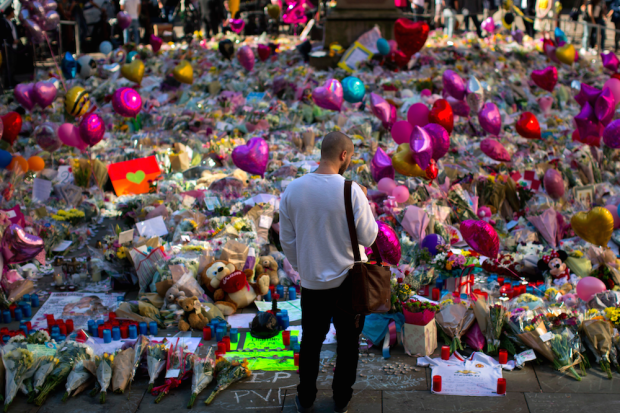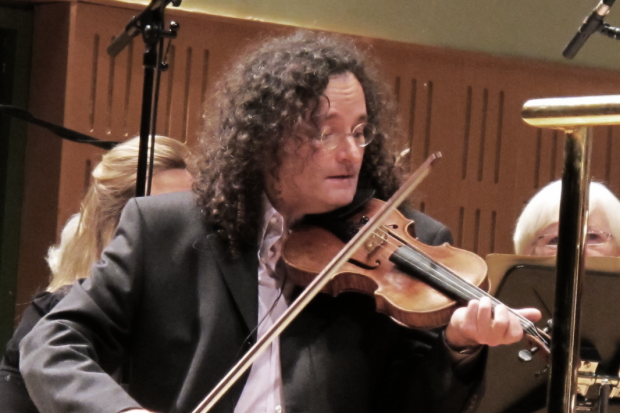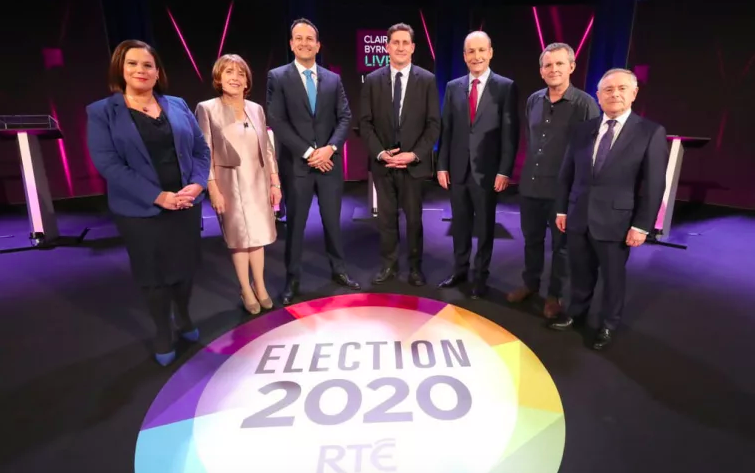
Political leaders during the recent RTÉ television debate
Which Party Should Get the Music Vote?
Music is supported in a range of ways by the Irish Government. The level and consistency of funding over a Government’s term of office, therefore, has a real impact on musicians’ lives and the opportunities available to them.
There are two main organisations whose funding has a significant influence – the Arts Council and RTÉ – but there are also many smaller organisations that play a key role.
The Arts Council, which has a current budget of €80m, provides core funding to a range of music organisations, plus hundreds of thousands of euro in smaller grants directly to musicians, composers, educators, organisers, projects, labels and groups, plus city and county councils.
RTÉ funds two orchestras, which, as well as employing a substantial number of musicians full-time, also create opportunities for composers, conductors, classical soloists and artists from other genres. The station also, of course, broadcasts music across several radio and television channels and runs the Choice Music Prize and the RTÉ Radio 1 Folk Awards. TG4, which also receives state funding, also broadcasts a number of music programmes and the annual Gradam Ceoil awards.
The Government also directly funds a range of music organisations such as the National Concert Hall (which is soon to take over management of one of RTÉ’s orchestras, the National Symphony Orchestra), plus the Royal Irish Academy of Music, Music Generation, Comhaltas Ceoltóirí Éireann, Oireachtas na Gaeilge, the Music Capital Scheme administered by Music Network, the Creative Schools Scheme, Culture Ireland, Creative Ireland and more, many of which nurture new talent.
Whichever party gets elected, therefore, and depending on what their priorities are, and their understanding of the music sector, will clearly have a significant impact on the careers of today’s artists in the short and long term.
Unfortunately, the Arts Council has seen radical fluctuations in its funding over the last 13 years. Between 2007 and 2016 it was cut by 29%, from €83m to €61.1m. The parties in charge were Fianna Fáil, the Green Party and Progressive Democrats (2007–2011) and Fine Gael and the Labour Party (2011–2016). It has since risen again to €80m (under a coalition of Fine Gael and Independents), but the return of its resources has been slow and not keeping with demand. The total is still below 2007 figures.
Promises
The last election in Ireland was in February 2016. In that campaign, Fine Gael made a non-specific commitment to funding for the arts. However, a year later in May 2017, during the leadership race for Fine Gael, Leo Varadkar said the party under his leadership would ‘double the Government budget for arts, culture and sport over seven years’.
For the Arts Council, this would mean an increase to €120.2m by 2024. Currently, the Government is €5m behind this target. It would also mean the Department of Culture, Heritage and Arts budget would double to €578m by 2024, but it is €58m behind that target too.
The Department has also just published Culture 2025, Ireland’s first ever National Cultural Policy Framework, which says that the aim is now to ‘double the amount of public funding for arts and culture from 2017 levels’ by 2025, i.e. an additional year. This new date is repeated in the Fine Gael manifesto.
The party’s manifesto also says, however, that the National Symphony Orchestra, when it is moved to the NCH, will be fully staffed and will offer a national touring programme and educational and outreach programmes.
But if Fine Gael is still not meeting its main past commitments, what are the other parties promising?
Commitments
Fianna Fáil makes no detailed commitment as regards future funding for the Arts Council apart from saying it will ‘fully protect’ arts funding; the Green Party says it will increase Arts Council funding to €130m by 2026, which they say will bring it in line with the EU average; the Social Democrats says it will also bring funding to the EU average, but by 2025; People Before Profit have also set the EU average as their aim, but they do not set a date.
It was Labour that introduced the idea of doubling arts funding in the last election, but their 2020 manifesto contains no detail on future arts spending, apart from saying that it will ‘fund, support and develop Ireland’s art, music and cultural heritage.’ It also says it will ‘redirect arts funding towards outreach initiatives that foster engagement by socially excluded groups’. (It has since told the National Campaign for the Arts (NCFA) that it will double arts funding over five years and by €20m in the next year.)
Sinn Féin says it will increase annual funding for the Arts Council by €20m, which would bring it up to €100m, but there is no indication of what would happen in subsequent years (it has since told the NCFA that that will be the figure over the lifetime of the Government). It says it will also appoint an Irish-language officer to the Arts Council and introduce a fund of €4 million to provide living wage employment to artists, to be administered through local authorities. In order to protect night-time venues, it says it will introduce a designated ‘night venue’ classification in planning and licensing law.
Conclusion
In general, despite all these commitments, there is little indication of a deep understanding of the arts and music sector in any of the manifestos, in that there is no comprehensive vision of how the sectors can be developed into the future. In the absence of such a vision, the best the arts and music sector can hope for is that overall arts funding will be increased so that arts and music organisations can at least have some consistency in their the work of supporting emerging and established artists.










